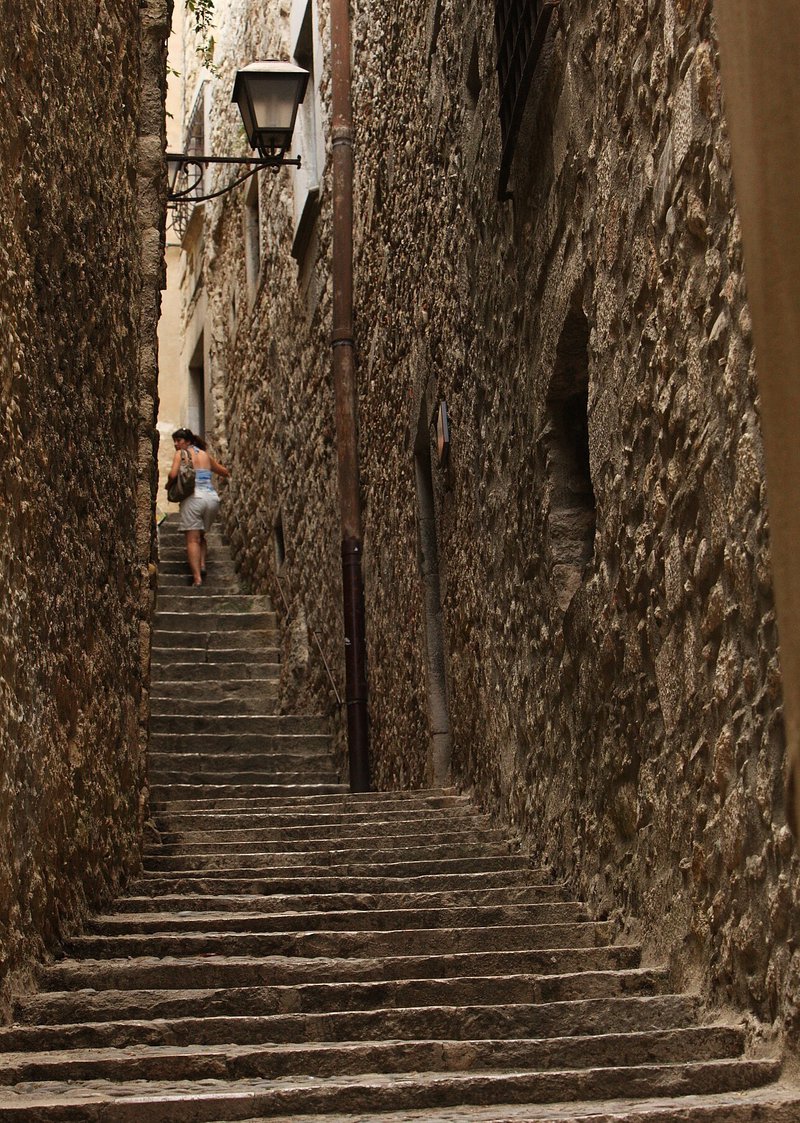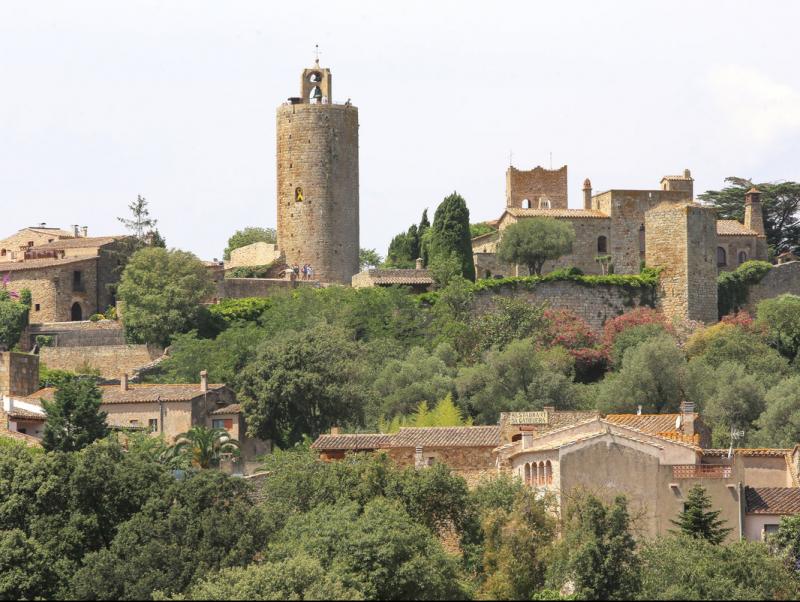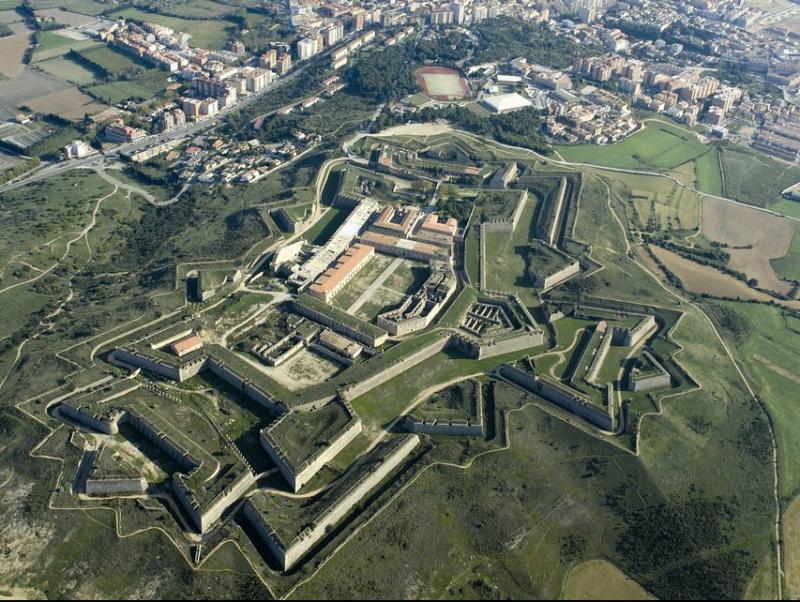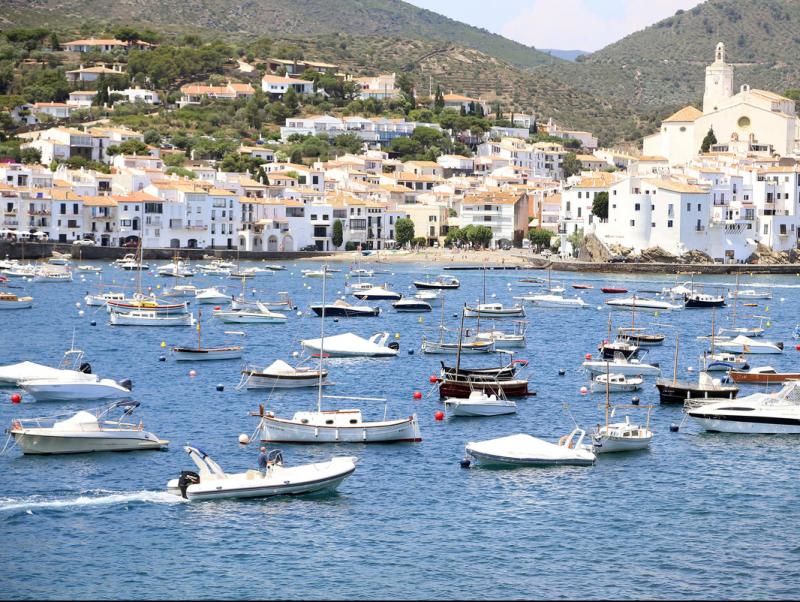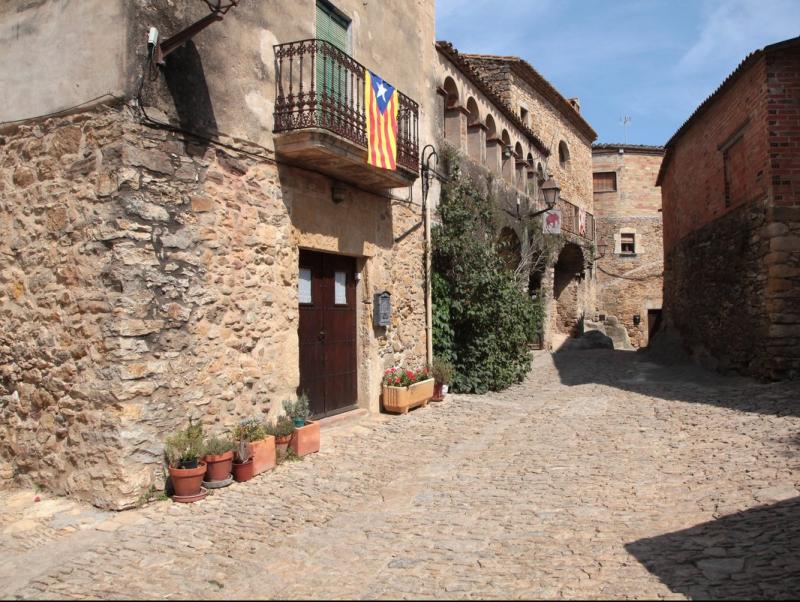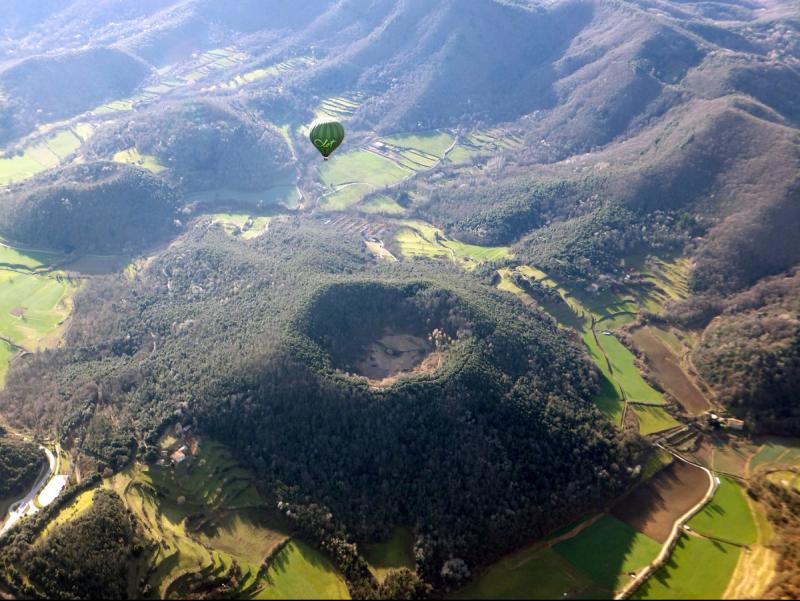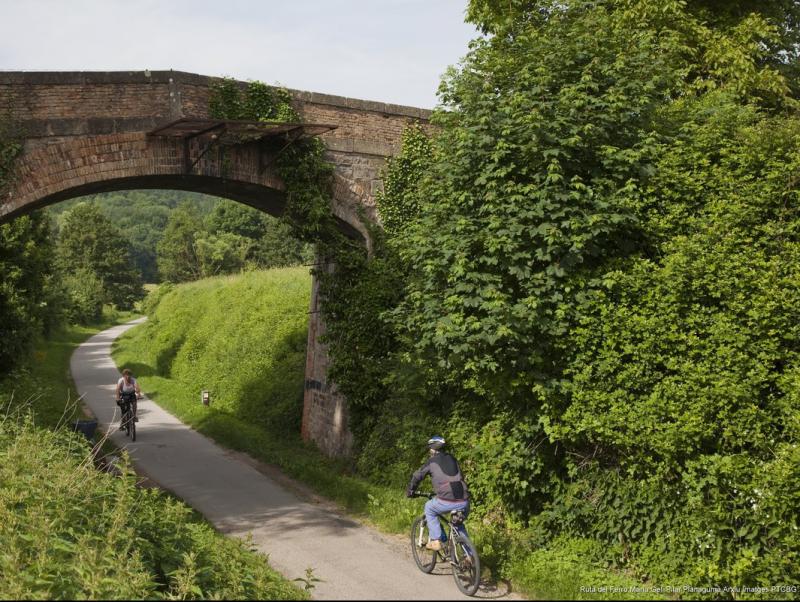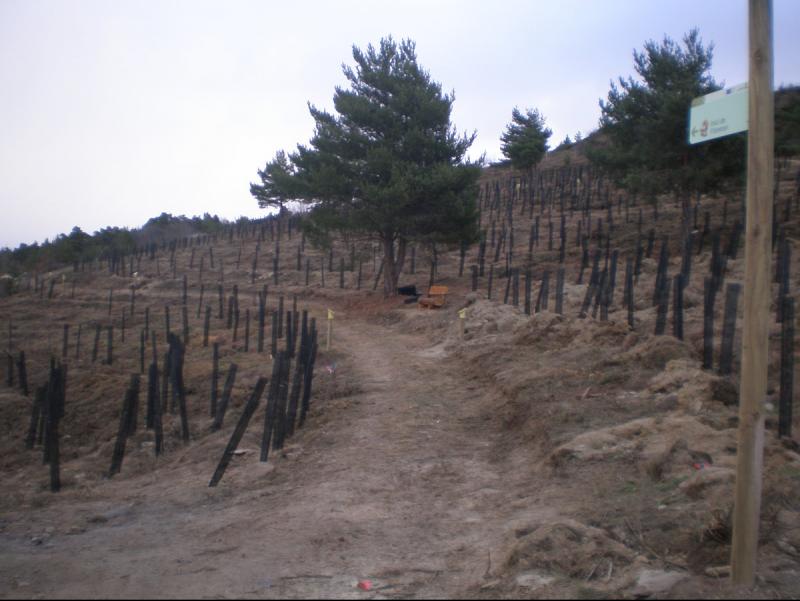Discovering Girona’s Jewish legacy
March 1492. The Catholic Monarchs issue the Alhambra Decree in Granada, ordering the expulsion of the Jews from Spain. In Girona, in June of the same year, the authorities announce that the city’s Jewish community “can” sell its property and that it will be considered legal to buy it. On July 31, Girona’s Jewish population leaves El Call, the city’s Jewish quarter. Finally, on August 4, the people of Girona demolish the walls that delimit El Call.
Today, the physical legacy of Girona’s Jewish community remains frozen in time, hidden in the heart of the city’s old quarter, the Barri Vell, to the point that it has taken years for Girona residents to realise that for centuries they shared a history with one of the most important Jewish quarters in the western world, which is now considered the best preserved in Europe.
Recovering heritage
The recovery of Girona’s Jewish heritage has gone on for years, the result of private and, more recently, institutional initiatives, which have revealed what the city lost with the expulsion of the Jews and that can now be discovered in depth by visiting the Museu d’Història dels Jueus, or Museum of Jewish History, run by the Call de Girona municipal board with the support of the State of Israel. The museum and the Bonastruc ça Porta Centre-Nahmanides Institute for Jewish Studies are not only places for tourists to visit but also for Jewish scholars and citizens. The documentation in the centre is exhaustive and a visit is highly recommended for anyone wanting to learn in depth the details of how Girona’s Jews worked, bathed, lived, prayed, ate and loved.
Yet, to capture the soul of El Call, a walk up Carrer de la Força is essential, leaving Plaça del Correu Vell and discovering secluded alleyways such as Sant Llorenç, Claveria, and Doctor Oliva i Prat. There is also Cúndaro, with its central vault, which gives visitors an idea of the small, enclosed world the city’s Jewish community once inhabited. Moving further up, in the direction of the cathedral, we get to see how the light once more invades the streets, so different from the dark labyrinth of narrow alleys behind. Further still, visitors can contemplate Girona as a whole from Torre Gironella, a fortification that for one month in 1391 was a refuge for the Jews forced to flee their homes due to one of the many assaults on El Call by the city’s residents.
out & about
El Call: a poet’s dream
The poet Josep Tarrés and his wife, Pia Cruzet, began the recovery of the Jewish quarter in Girona’s Barri Vell in 1978. They set up the association, Amics d’Isaac el Cec (Friends of Isaac the Blind), and turned the centre of the same name into a cultural and intellectual site of outreach in the Jewish world. That was when the people of Girona and the world began to wake up to a legacy that had been hidden for 500 years.

